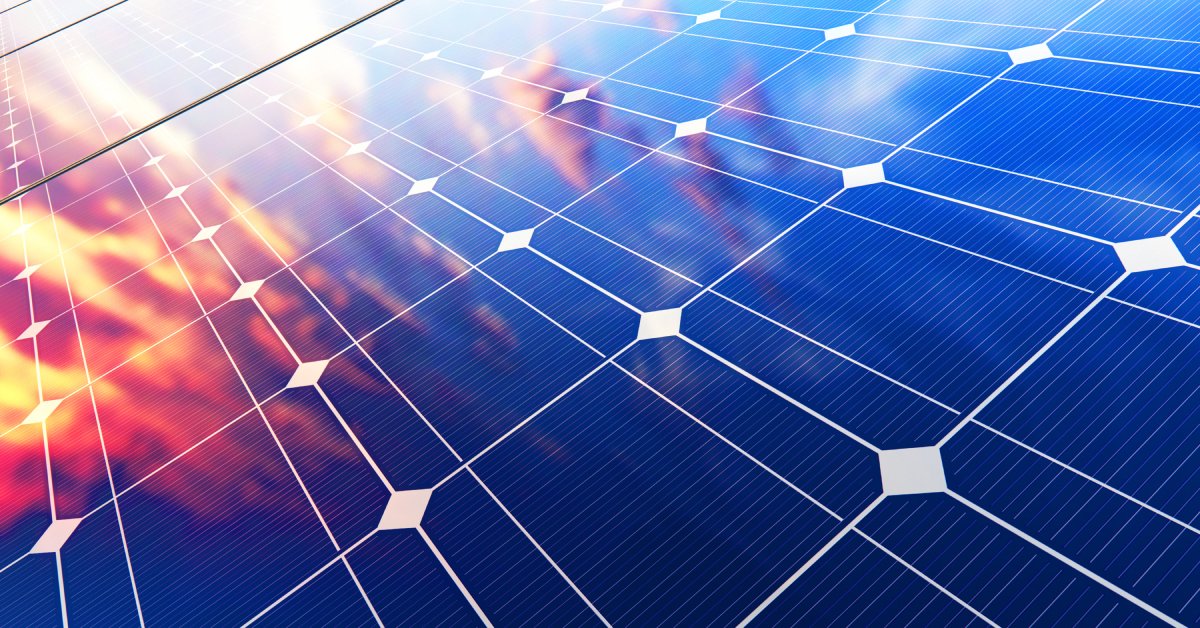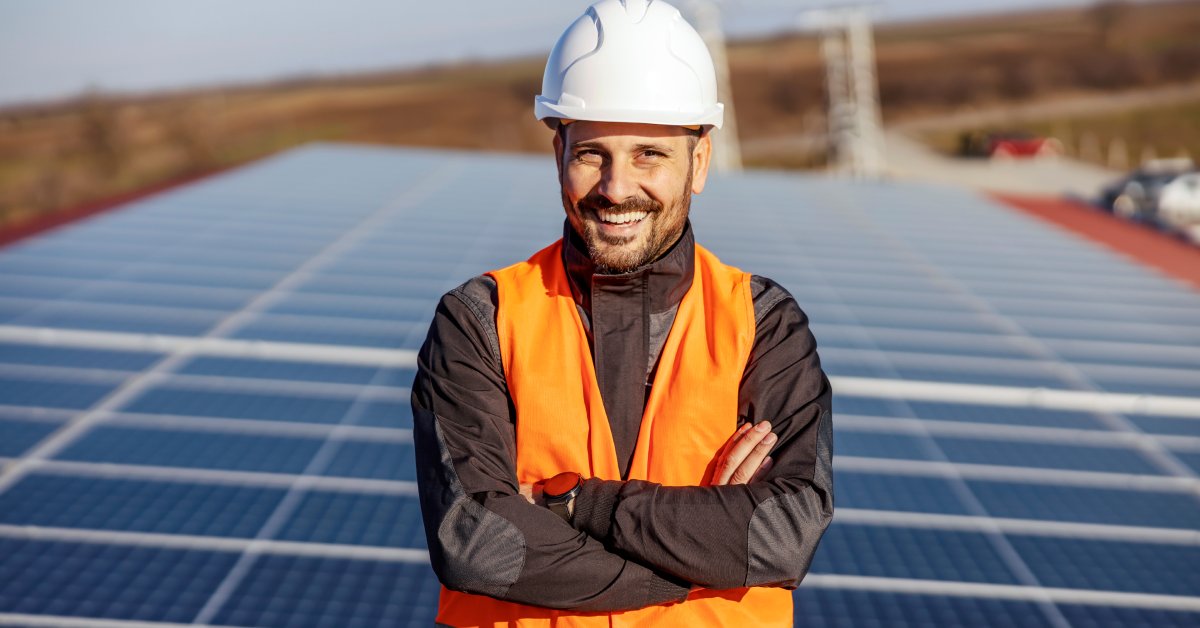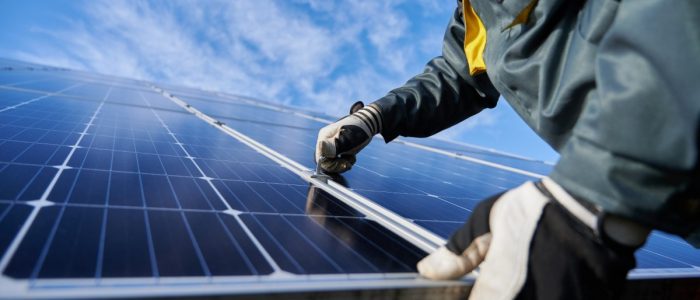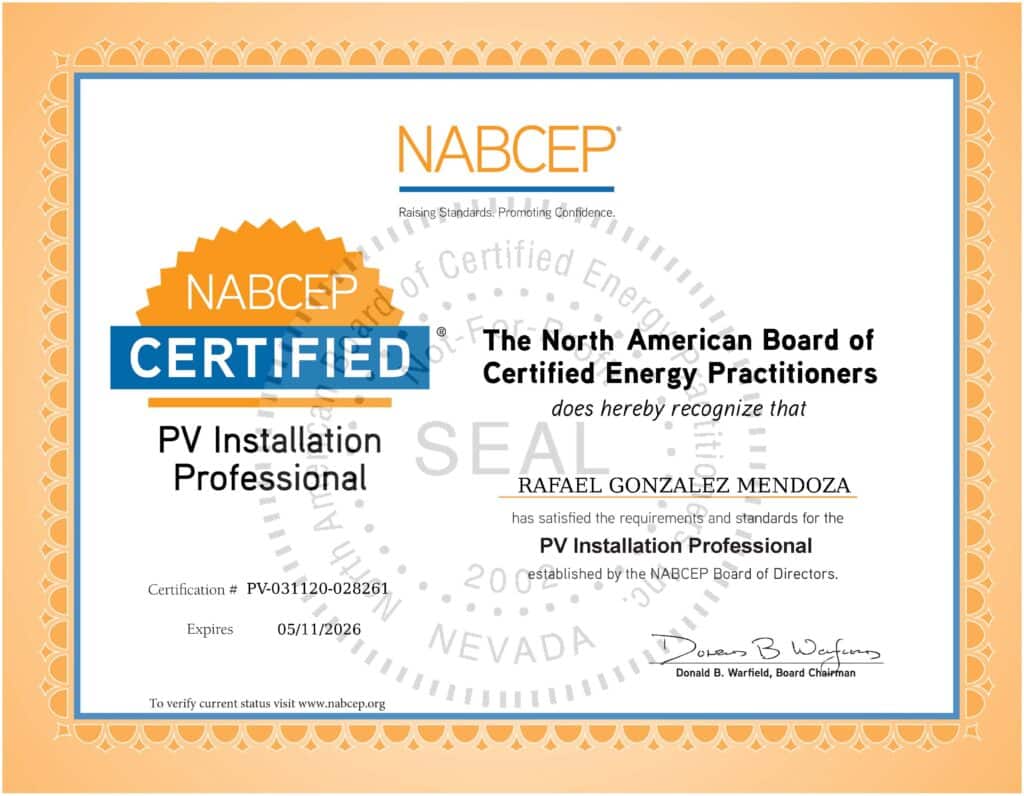Solar power is rapidly becoming one of the most sustainable and efficient energy solutions for homes and businesses around the world. With rising energy costs and a growing emphasis on renewable resources, solar panels are the most effective way to lower utility bills and minimize environmental impact.
While the concept of solar power may seem complex, understanding the steps involved in setting up solar panels can make the process far less challenging. By following a systematic approach and considering key factors from design to maintenance, you can confidently transition to harnessing the power of the sun for your household energy needs.
This step-by-step guide to solar power panel installation breaks down the process of installing solar power panels to help you in your renewable energy journey.
Assess Your Energy Needs and Goals
Installing solar panels involves evaluating your household’s current energy consumption patterns. Review monthly electricity bills to understand how much energy your home typically uses and identify peak usage times. This information will help determine the size and capacity of the solar energy system you’ll require.
Next, think about your long-term energy goals to ensure the system aligns with your priorities. Are you aiming to offset your energy usage completely, or do you simply want to reduce your electricity costs? Clear objectives are essential to defining the scope of your solar installation project and ensuring future energy needs are adequately met.
Conduct a Site Evaluation
Performing a comprehensive site assessment is essential to ensure your property is suitable for solar installation. Examine the roof’s condition and structural integrity to ensure it can support the weight of solar panels. Look for any areas that may require potential repairs or reinforcements before proceeding.
Consider the amount of sunlight your property receives throughout the year. Evaluate shading patterns caused by nearby trees or buildings and determine the best location on the roof or property for maximum sun exposure to optimize energy output.
Choose the Right Solar Panel System

Selecting the appropriate solar panel system plays a significant role in long-term energy performance. Understand the key distinctions between different types of solar panels, including monocrystalline, polycrystalline, and thin-film panels. Consider factors like efficiency, durability, and cost when making your selection.
Evaluate the type of inverter and battery storage options that will complement your system. A high-quality inverter ensures a seamless conversion of solar energy into usable electricity, while proper storage systems enhance energy availability during periods of low sunlight.
Acquire Necessary Permits
Securing permits is a mandatory step in the solar installation process, ensuring compliance with local regulations. Contact your city or county’s building and planning department to determine the permits and inspections required for solar panel installation in your area.
Permitting processes may include electrical permits, roofing approvals, and structural assessments. While this step can take some time, it is essential for maintaining legal and safety standards throughout the installation process.
Select a Trustworthy Installer
Working with a reputable installer is vital to ensuring proper solar panel setup and system performance. Conduct research on local contractors or companies with extensive experience in your area. Look for reviews and testimonials to learn more about the quality of their work.
During consultations, verify that the installer holds relevant certifications and has the right license to operate in your jurisdiction. A trustworthy company can help streamline the process, from system design to final connection, ensuring an efficient and secure job.
Design and Layout Planning
Once you select an installer, you can initiate the design phase of crafting your solar panel system. Collaborate with the person in charge to determine the optimal panel arrangement for your roof or property layout. Consider factors such as roof pitch, orientation, and shading during this process.
The design plan should also include key system components, such as inverters, wiring, and mounting structures. A comprehensive setup ensures efficient installation and guarantees optimal panel position for maximum energy output.
Mounting the Solar Panels

Installing the mounting system is a critical part of setting up solar energy systems. This involves securing racks or brackets to the roof to provide a stable foundation for the panels. Ensure the proper installation of the mounting structure to prevent damage to the roof and instability during adverse weather conditions.
Installing high-quality residential solar panels onto the structure is the best option to harness solar power and create a functional environment. Secure each panel with bolts and carefully wire them according to the system design. Attention to detail ensures the panels function correctly while maintaining safety standards.
Wiring the System
Properly wiring the system enhances the panel’s efficiency, providing a steady power supply and minimizing the risk of future problems.
- Connect the solar panels to the inverter, battery storage, and home electrical system.
- Follow strict safety protocols to ensure proper insulation on all wires, shielding them from complete exposure.
- Hire certified electricians or trained installers to handle the wiring and ensure compliance with electrical regulations.
- Ensure proper wiring to optimize the system’s performance and reduce the risk of electrical faults or fires.
Connect to the Grid or Battery
After wiring the panels, connect the system to your home’s electrical panel or a dedicated battery backup. Grid-tied systems require approval from your utility company before the connection can become operational. This approval ensures alignment with utility standards and safety protocols.
For systems with battery storage, ensure the batteries have a full charge and a proper connection to the inverter. A well-integrated system will smoothly transition between solar energy and stored energy when needed.
Perform Testing and Maintenance
Before officially activating the system, conduct a thorough test to verify its functionality. Test the individual components, including panels, inverters, and connections, to identify and resolve any issues before operating at full capacity.
Regular maintenance prolongs system performance and efficiency. Clean the solar panels periodically to prevent dirt or debris from diminishing sunlight absorption. Schedule professional inspections to keep the system in optimal condition for years to come.
This guide to solar power panel installation will help ensure your system provides reliable and sustainable energy for decades, offering numerous environmental and financial benefits. By harnessing the power of the sun, homeowners and businesses can reduce their dependency on traditional energy sources, significantly lower their carbon footprint, and achieve long-term energy savings.
Proper installation, initial testing, and regular maintenance will guarantee the system operates at peak efficiency and lasts well beyond its expected lifespan. Investing in solar technology promotes energy independence, contributing to a cleaner and more sustainable future. Addressing any potential issues and performing periodic maintenance will keep the system working at its full potential, making it a wise investment that continues to pay dividends over time.


